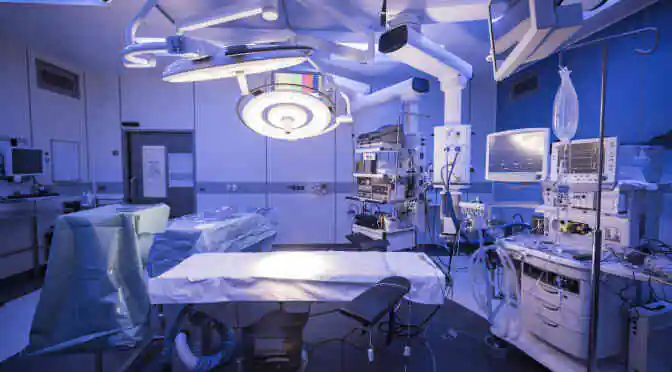Nowadays, flu season is a minor inconvenience. A flu shot, maybe a cough and a few days recuperating in bed are the worst case scenario for most people. Complications rise dramatically in more sensitive populations, like children, the elderly, and people with depressed immune systems, but overall, ‘the flu’ doesn’t carry the gravity it once did.
Interested in diagnostics? See Technavio’s full list of reports.
But history has seen some devastating illnesses decimate entire populations. The Black Death, also known as bubonic plague, killed an estimated 50 million people between 1346 and 1350. The lesser-known Plague of Justinian dealt twice that damage, wiping out an estimated 100 million people in 541 and 542.
Large-scale epidemics of the past century
Source: National Geographic, Technavio
And it’s not just historical plagues that have had massive impacts. The past century has also seen its fair share of infectious disease. The 1918 flu, for instance, killed an estimated 20 million people.
Better the devil you know than the devil you don’t when it comes to infectious disease
A research team from China and Japan recently published a mostly overlooked study in the Proceedings of the National Academy of Sciences, showing that the most common type of influenza found in pigs in China could transmit to humans.
The team isolated 139 Eurasian avian-like H1N1 swine influenza viruses from 2010 to 2013, and then assessed its pandemic threat, according to a write-up from the University of Minnesota’s Center for Infectious Disease Research and Policy.
The study’s authors include a clear warning in the report’s abstract:
“Our study shows the potential of EAH1N1 SIVs to transmit efficiently in humans and suggests that immediate action is needed to prevent the efficient transmission of EAH1N1 SIVs to humans.”
This raises concerns about an outbreak similar to 2009’s H1N1 swine flu pandemic. It also comes on the heels of a new outbreak of H1N1 in Iran, which had already killed 112 people as of late December.
Disease testing is growing in response to new threats
The appearance of new illnesses and demand for quick and accessible diagnostic systems have created good conditions for investment in infectious disease testing. For instance, the infectious disease testing market in the US is expected to reach a value of $4.18 billion by 2019, growing at a cumulative average growth rate of 5.82% from 2014-2019.
And demand for rapid, automated diagnostics to help fight new microbial diseases is on the rise, and organizations like the United Nations Development Programme, the World Bank, World Health Organization (WHO), and the Bill and Melinda Gates Foundation are rising to the challenge by focusing on developing innovative diagnostic tests.
In September 2014, the Bill and Melinda Gates Foundation donated $50 million to scale up emergency efforts during the Ebola outbreak. More recently, the Foundation for Innovative New Diagnostics (FIND) collaborated with the WHO to develop new and affordable products, with a focus on tuberculosis (TB). In July 2015, it signed a five-year memorandum with Qiagen to speed up the development and evaluation of new tests for the detection of TB.
These initiatives and others like them will continue to boost revenues from the sale of equipment and consumables for molecular diagnostics, POCT diagnostic devices, and immunodiagnostics, and result in strong growth in the infectious disease testing market.




